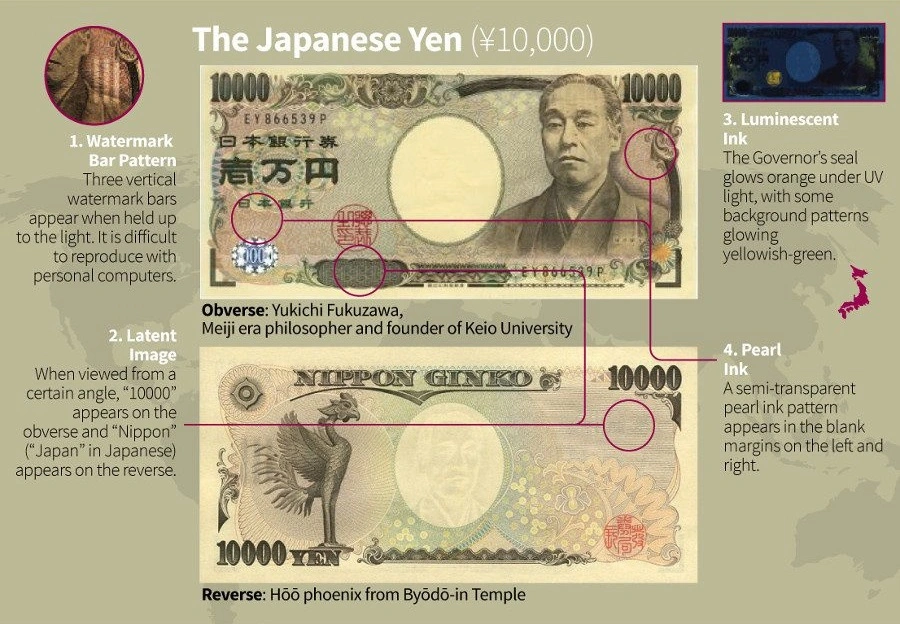The education world overspills with thrilling sounding initiatives — from ‘flipped classrooms’ to one-on-one tablets; from forest learning to discovery-based learning. Each new innovation is jumped upon eagerly by hoards of school leaders and education consultants keen to try on the emperor’s new clothes. Yet one of the most powerful influences on learning is so simple and unfashionable that it is often overlooked: a teacher’s capacity to explain things clearly.
From Andy Tharby in “How to explain absolutely anything to absolutely anyone: The art and science of teacher explanation”
The history of education is also the history of educational trends, with the rise and fall of quick solutions for deeply rooted educational problems. The result is an increase in fragmented energy and effort in schools, along with a significant waste of teachers’ time and school resources.
By “trend,” we mean an idea that is embraced with enthusiasm for a short period of time. In education, this typically refers to a short-lived emphasis on a seemingly wonderful new pedagogy that promises to transform teaching and learning with minimal effort from anyone. A good example would be the many monolingual schools that have purchased and implemented bilingual programs as an extracurricular option, simply because it’s a growing demand from the school community across the globe and blooming markets don’t want to be left behind.
Does this mean that bilingual programs are the problem?
Of course not, especially if a school introduces bilingualism gradually, carefully, and in line with the school’s pedagogical plan and mission, providing full support for the development of students, teachers, and families alike. Unfortunately, this type of implementation is not the norm—and here at Early Beginnings, we hear many stories from frustrated teachers in bilingual programs across the globe.
But these trends are not limited to the world of bilingual schools and programs. Many teachers are becoming increasingly exhausted and fearful of being “left behind” by new trends, rushing to figure out how to implement recurring acronyms that show up in schools (PBL, CLIL, NVC, SOR, DPL, IEP, etc.). Other teachers (and school leaders) blindly adopt new trends or textbooks that promise wonderful results but turn out to be nothing more than marketing ploys or old practices with new names. There are no quick fixes in education.
Each of these trends has its ideological supporters, often backed by an educational thinker or various research studies. It’s important to critically evaluate each new educational trend in terms of its theoretical foundations and, as we never tire of saying, its proper and appropriate application to your local context.
So how can you protect yourself (and your students) from all of this? Well, let’s learn from other areas:
Did you know that training to spot counterfeit money begins by studying genuine currency? Many banks around the world offer ways to study real banknotes and coins—not counterfeits!

So, how can you determine if an educational trend is relevant for you, your school, and your context? How can you confidently recognize a good practice/approach/material? Focus on improving these three areas:
- Stay up-to-date with pedagogical knowledge! Go back to the foundations of education.. By keeping your pedagogical knowledge fresh, you’ll be able to recognize when people use (and misuse) theoretical concepts.
- Know your current school! Evaluate whether the new approach/material aligns with your school’s pedagogical plan and the direction your school wants to take. Implementation should always involve the whole community, especially for accountability purposes!
- Know your local context! Are there resources (people, time, money) available to support and sustain the adoption of a new idea? If not, it’s a waste of time. Also, you should ensure that the idea/approach/material has been tested in environments where children are learning a second language in contexts similar to yours. Just because it works with monolingual children doesn’t mean it will work or make sense in your bilingual setting.
By deepening your knowledge of pedagogy, your current situation, and your local context, you can develop a critical lens for evaluating the latest educational trends. Questioning, raising doubts, and researching are essential skills for a bilingual education professional. Remember:
“Nothing of real value comes easily; a rich intellectual environment — alive with curious and determined students — is possible only with critical thinking at the foundation of the educational process.”
— Foundation for Critical Thinking
Once you’ve applied your critical lens to an educational trend, it’s essential to evaluate its alignment with the core elements of the educational process. The book “A Critical Thinker’s Guide to Educational Fads” (p. 16) provides insightful questions to guide this evaluation:
- How will it help students analyze and evaluate their own thinking and that of others more effectively?
- How will it help them act reasonably and effectively in their lives?
- How will it help them make self-assessment an integral part of their lives?
- How will it help them master content in various subjects?
- How will it help them become proficient readers, writers, speakers, and listeners?
- How will it improve the quality of their lives and the lives of others?
- How will it help them become reasonable and fair-minded people?
- How will it help them use their reasoning skills to contribute to their own emotional well-being and that of others?
- How will it help them think, feel, and act with effectiveness and integrity?
So, teacher, if you feel unfamiliar or “left out” of a new educational trend, remember: it’s through your relationship with the students and how you demonstrate your knowledge that children learn. Before diving deep into an educational trend, make sure you’ve got the basics down and that your filters are rooted in pedagogy and critical thinking.